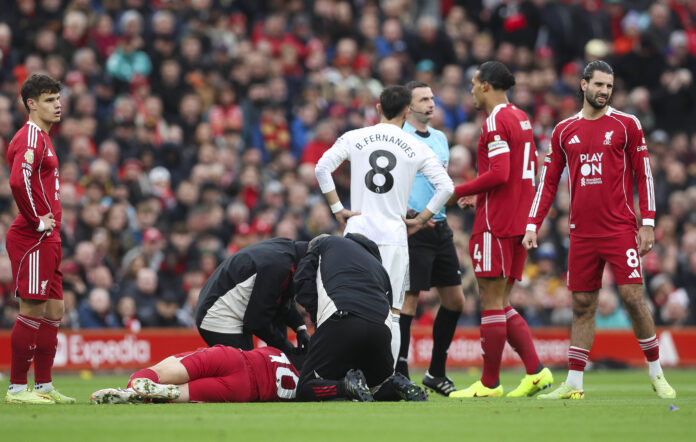Football is a high-energy activity, and the matches are typically very fast, which means that wounds are common. Since it is one of the most popular sports in the world, the injuries are not exclusive to a particular demographic and can occur in anyone, from young children to grown-ups. There are many different types of injuries that can occur as a result of playing football, both acute and chronic; however, the good news is that they can be effectively managed with adequate treatment. However, in order to determine what would work best for you, it is imperative to get in touch with a physician as soon as possible.
The most common causes
Even though it may not appear so to those who don’t play or who aren’t interested in football in general, this is actually quite an intense sport. Running, twisting, and turning, tackling, and jumping are all common activities that can sometimes result in health damage as well. To maximise your safety as much as possible, you should always wear the proper equipment. This way, even if you end up wounding yourself, the damage will most likely be much less severe. If it was someone else’s duty to provide you with the right equipment, but they didn’t, you should know that you are well within your rights to file a compensation claim.
Working with a team of No Win No Fee Solicitors in London will provide you with a comprehensive view of everything you should know to increase your odds of success. You will learn about the type of proof you should be able to provide, such as medical documents or witness statements. A legal professional can also tell you exactly how much you can expect to receive, depending on the particulars of your case, such as the full extent of your injuries and whether they will result in lifelong damage or not. If you were unable to work throughout your recovery and had to deal with a loss of income as a result, you might also qualify for special compensation that can cover those costs.
Foul play can and does occur on the football field, leading to really serious injuries that can be very serious and even life-threatening in some cases. Using the same muscles repeatedly often causes overuse injuries, while a lack of adequate physical condition results in physical wounds as well, particularly muscle or ligament strains or sprains. Given the nature of the sport, most of the injuries occur in the lower body, but damage to the wrists, hands, and head isn’t unheard of either.
Sprained ankle
A sprained ankle is probably the most common football injury out there, one that most players experience at least once during their careers. Being on an uneven surface or having to change direction quickly are the most common culprits, as these sudden movements cause the ankles to roll either outward or inward. The ligaments stretch too much, and a sprain forms. The most common symptom is pain, particularly when bearing weight on the foot affected by the sprain. Swelling, bruising, and a popping sensation occur in most patients as well, with the ankle being tender to the touch.
Although most ankle sprains heal without any issue, you must still abstain from going back to regular activities too soon in order to avoid complications such as chronic pain and instability, as well as arthritis in the ankle joint. Warm up before playing and use an ankle support tape if you were injured in the past. Maintaining good muscle strength and flexibility is crucial in order to minimise the risk of future injuries. Treatment is minimal, involving rest, ice, and bandages that can provide compression.
Groin strain
This muscle strain occurs in the muscles located in the groin and is very common among athletes. Due to overuse, the muscle fibres are stretched beyond their normal limits and end up being torn apart. There are three grades according to severity, with Grade 1 being the mildest form and Grade 3 being the most severe. Pain, bruising, muscle spasms, swelling, and difficulty moving the leg and hip are the signs you are most likely to notice if you’re dealing with this type of strain. Football is not the only sport that carries a high incidence of wounds like these, as they occur among basketball, hockey, and gridiron football players.
To diagnose a strain, your doctor will need to perform an ultrasound, X-ray, or MRI, the latter of which can also help diagnose bone fractures and internal bleeding. Rest, ice, and keeping the left elevated are the ways in which most groin strains are cured, but grade 3 injuries might require surgery in order to repair the torn muscles or reattach ligaments and tendons to the bones.
Meniscus damage
The meniscus is a crescent-shaped fibrocartilaginous structure that in human beings can be found in the knees, wrists, as well as the temporomandibular, sternoclavicular, and acromioclavicular joints. Your meniscus can become injured when you rotate or twist the knee, deal with tackling, or squat. They range in severity as well, from partial to full tears. Sprains occur as well, and the symptoms are similar to those of the tears. Pain, the sensation of the knee locking, stiffness, loss of normal range of motion, weakness, and a sudden pop are all common symptoms.
Telling the difference between the two can only be done by a doctor, so if you have any reason to believe that your meniscus has been injured, you should visit your physician as soon as possible. Nonsurgical therapies involve ice, medications, physical exercise, and activity modifications. However, in most cases, surgical intervention is required for complete recovery. Meniscus trimming accounts for about 90% of all meniscus-related surgeries. It involves trimming back the torn portion but leaving behind as much of the fully functioning meniscus as possible.
There are many different kinds of injuries that can occur as a result of playing football. While some are more serious, there are also many instances in which the damage is fairly mild and can be completely cured at home. However, you should always talk to a doctor beforehand to guarantee that what you’re dealing with isn’t more serious than it appears.




